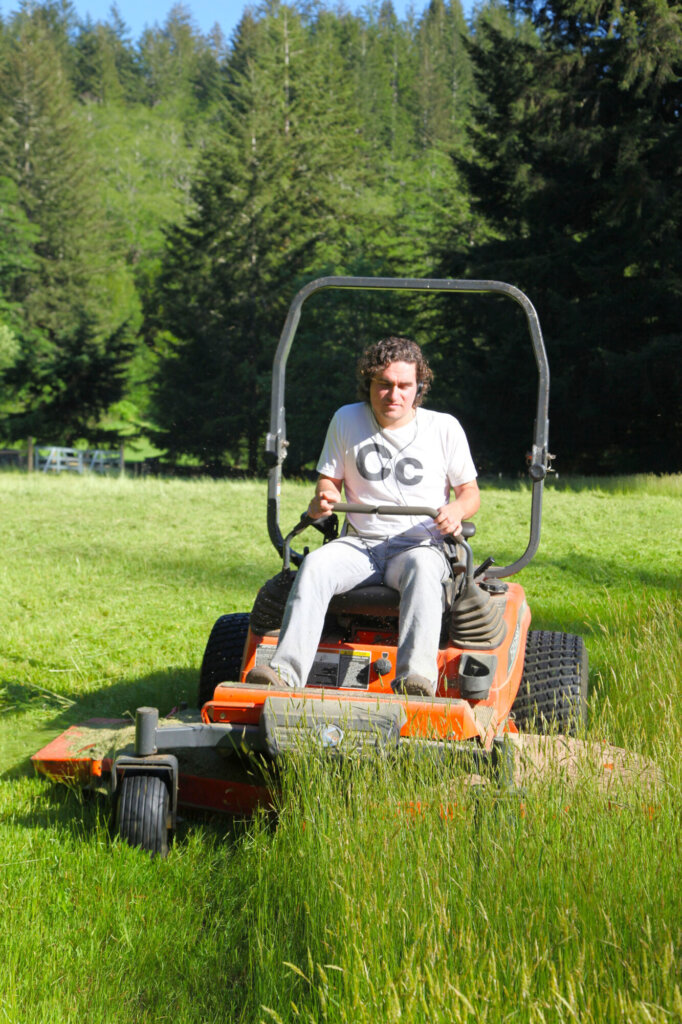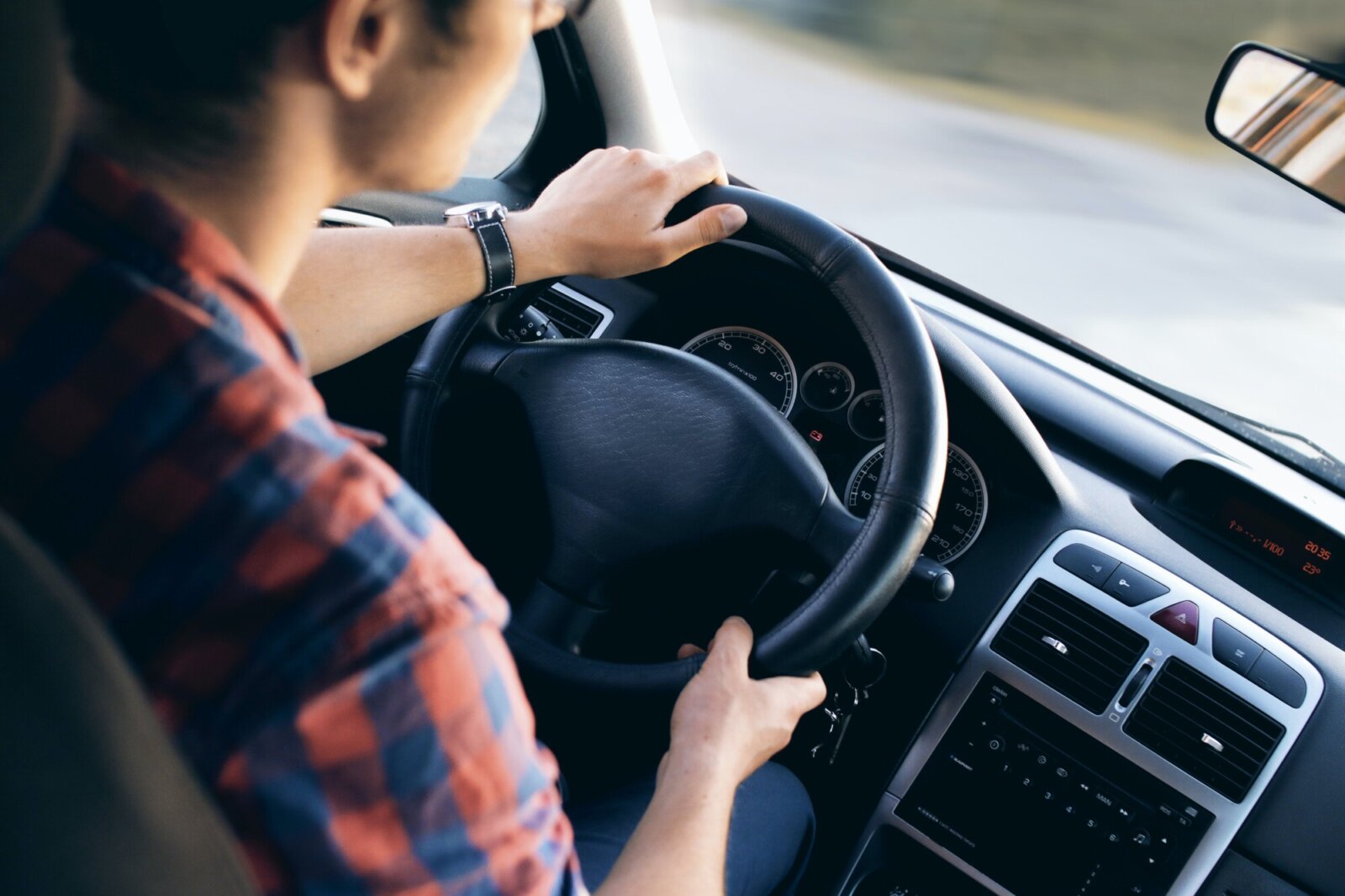Equipment & Vehicle Use
Learn how to use equipment in a fire-safe manner.

Fire safety practices for equipment use
Whether working to create defensible space around your home, pulling your dirt bike over to the side of the road, or just mowing the lawn – if you live in a wildland area, you need to use all equipment responsibly.
Lawn mowers, weed-eaters, chainsaws, grinders, welders, tractors, and trimmers can all spark a wildland fire. Do your part to keep your community fire-safe.
Equipment safety tips
How to stay fire safe when it comes to equipment use.
When mowing, choose the cooler morning hours before 10am and avoid windy or dry conditions. Remember, lawn mowers are for lawns, not for dry weeds or grass, as metal blades can spark fires when hitting rocks. Use caution.
- In wildland areas, spark arresters are required on all portable gasoline-powered equipment. This includes tractors, harvesters, chainsaws, weed-eaters, and mowers.
- Keep the exhaust system, spark arresters, and mower in proper working order and free of carbon buildup.
- Use the recommended grade of fuel, and don’t top it off.
- Before conducting any grinding or welding operations in wildland areas, secure a permit and ensure you maintain a clear 10-foot radius. Keep a shovel and a fire extinguisher ready to use.
- Don’t drive your vehicle onto dry grass or brush. Hot exhaust pipes and mufflers can start fires that you won’t even see – until it’s too late!
- Keep a cell phone nearby, and call 911 immediately in the event of fire.
To protect water quality, do not clear vegetation near waterways to bare soil. Vegetation removal can cause soil erosion, especially on steep slopes. Always keep soil disturbance to a minimum.
Vehicle safety practices for wildfire prevention
Motorists are responsible for many of the wildfires sparked along our roadways. Follow these guidelines to ensure your vehicle use does not contribute to the risk of wildfires.
- Secure all chains: Practice safe towing. Dragging chains throws sparks. Use appropriate safety pins and hitch balls to secure chains.
- Remove dragging parts: Make sure your vehicle is properly maintained, with nothing dragging on the ground.
- Check tire pressure: Maintain proper tire pressure. Driving on exposed wheel rims will throw sparks.
- Carry a fire extinguisher: Don’t drive your vehicle onto dry grass or brush. Hot exhaust pipes and mufflers can start fires that you won’t even see—until it’s too late! Keep a fire extinguisher in your car, and know how to use it.
- Properly maintain brakes: Brakes worn too thin may cause metal-to-metal contact, which can cause a spark.
One less spark, one less fire caused by vehicles
Equip yourself with CAL FIRE’s essential safety tips for using vehicles responsibly. Minimize wildfire risks and protect your community. Download our guide today!
